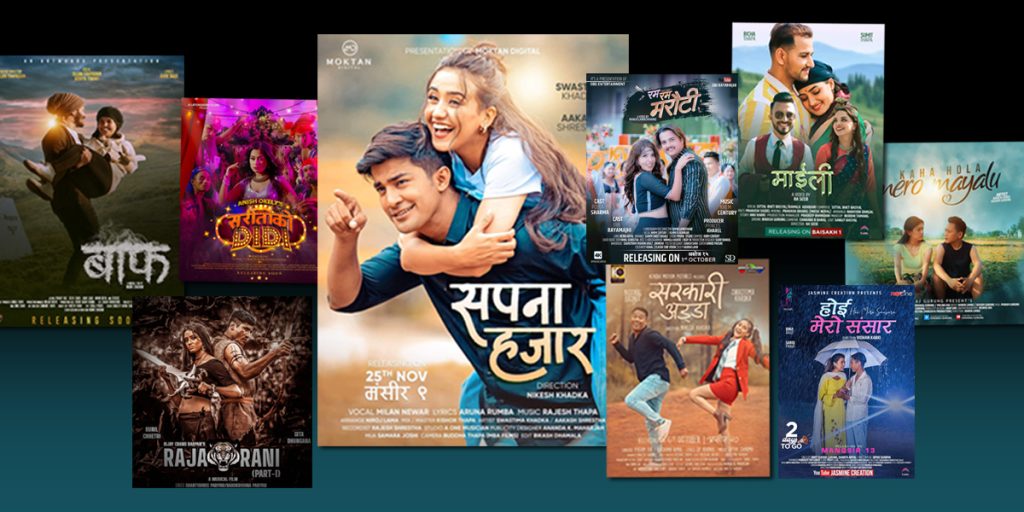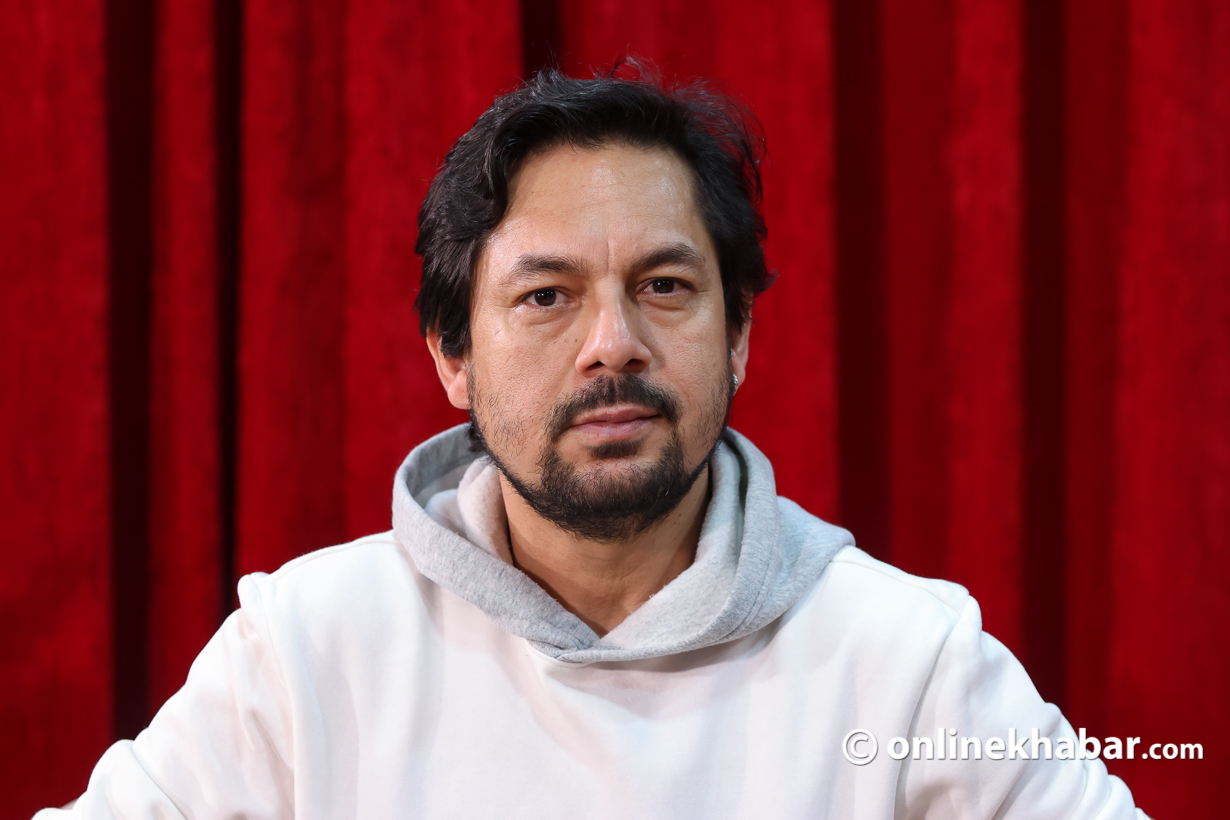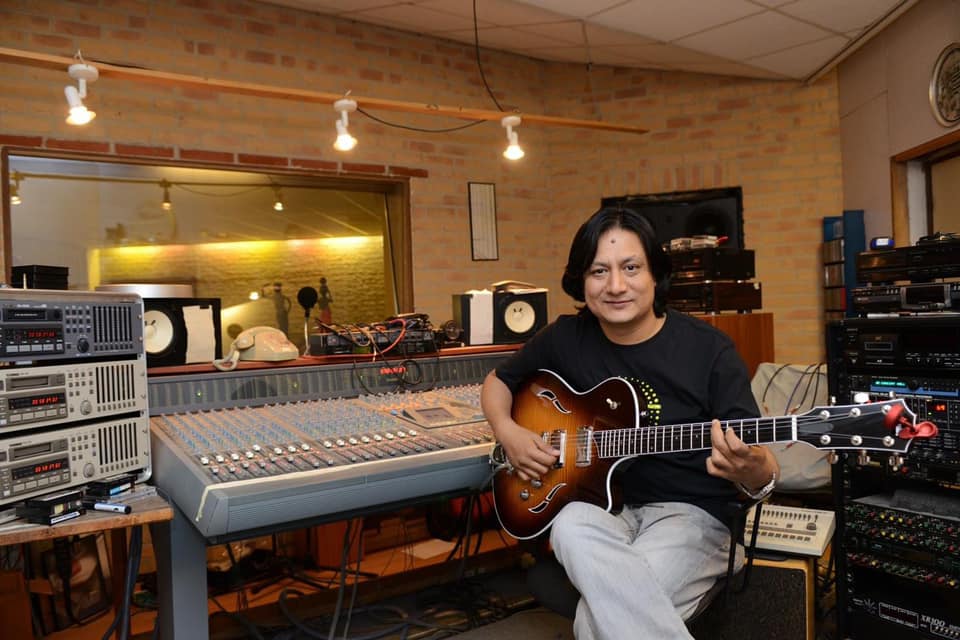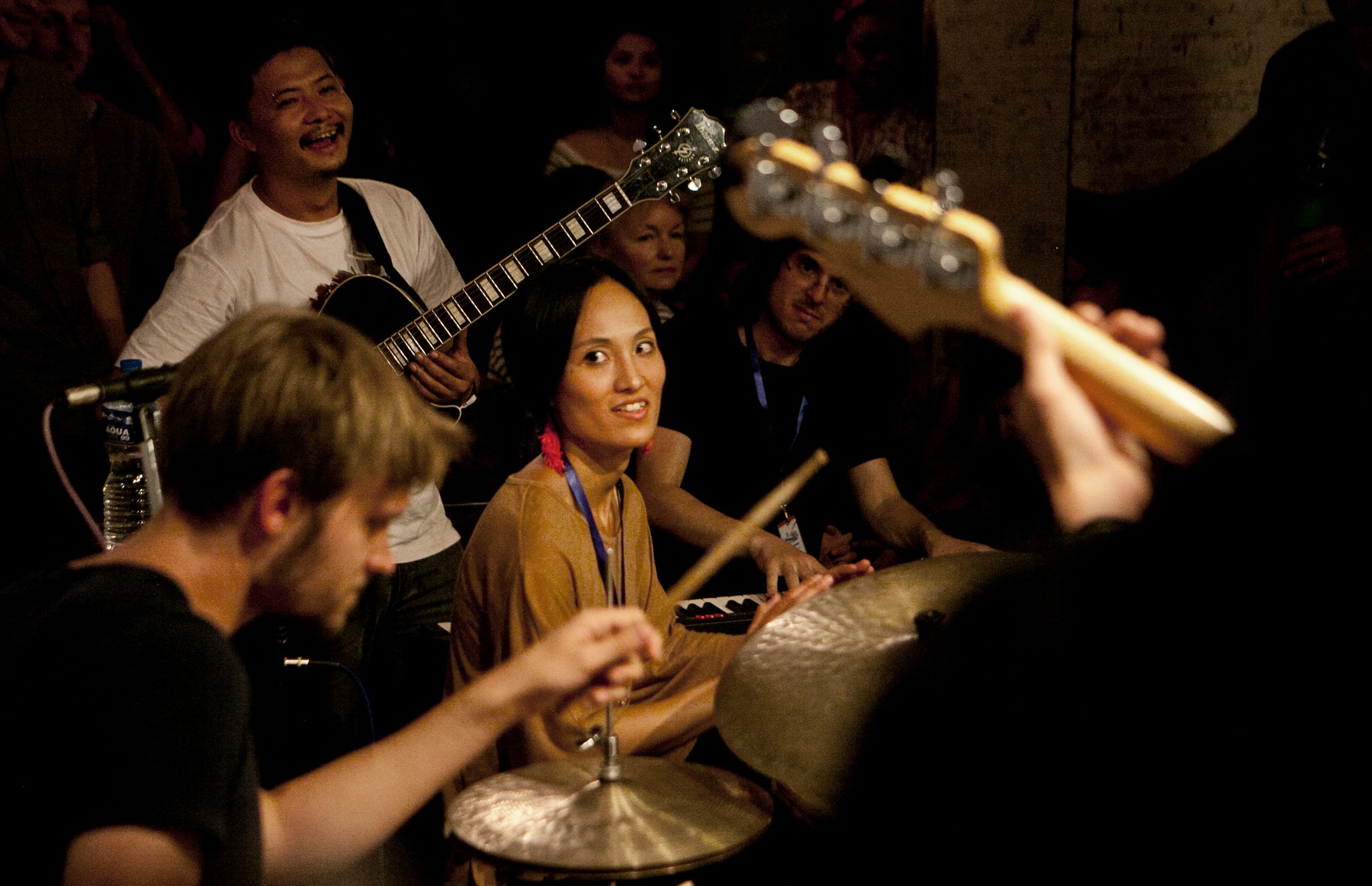Out of all the music videos that were released over the last month, there is one thing in common. No, these videos were not made by the same director nor did they have the same cast and crew. The thing in common was almost all of these videos were funded by Nepalis living abroad.
Over the past few years, Nepalis living abroad, especially in countries like the United States, Japan, Australia and the United Kingdom, are funding music videos in Nepal. People close to the industry say that over 70 per cent of music videos are made from money that comes from abroad.
Director Bidhan Karki says that the industry is sustaining based on the funding of people living abroad who love music.
“Without their love, we’d be jobless,” he says. “People who understand the art are the ones who support us. Even those who don’t seem to help people out during these testing times.”
Like Karki, Naresh Khadka, another director, also shoots many music videos with the money coming from other countries.
“There are people who are close to music. They keep music close to their heart and these are the ones that are helping singers put their music out there,” says Khadka.
Both Karki and Khada say that most of the work they have done in the past few years was only possible due to money that came either from the US or Australia.
But, do the investors get a return on their investment? Not really, and they do not expect any return either, say people close to the industry. So why are they continuing investments in music videos?
A quest for Nepaliness

Karki, who is also the chairman of the Nepal Music Video Directors Society, says most people who invest in Nepal’s music industry are people looking for their identity which most feel they have lost due to years of living abroad.
“They fund videos because they want to be close to Nepal. Some just want their name to appear on a video that will be watched over a million times,” says Karki.
Apart from that, they also help talented singers and songwriters to help them in their musical careers. “It’s quite nice, to be honest,” says Karki.
Roshan Adhikari has been living in the US for the past 13 years and has been actively involved in financing music videos for the past three years. Adhikari sings too and has also started to act in his own music video. For someone who always had a wish for singing has now found time and the finances to fulfil his dreams.
“When I was in Nepal, the environment wasn’t favourable. Now I also have support from my family, which makes things easy now,” says Adhikari. “I want to contribute something to Nepal’s music industry.”
The first music video he invested in was Jhyalko Parda, in which he sang and acted. After that, he has been involved in four other projects like that, investing up to Rs 1 million in each. He does not want a return on his investment. He just wants his name and face out there as he aims to release at least one song every six months.
Contrary to Adhikari, Prakash Ghising who lives in Australia does not sing or act. But, he still invests his money in music videos. Over the past year, he has invested in three music videos one has been released while others are going to be released over the past few months.
“I have no vested interest,” says Ghising. “I want to help the music industry grow along with providing a space for upcoming singers and models. I also plan to produce a feature film in the long run.”
Investment from Nepal
It is not that investment does not come from Nepal. Directors and people from the industry say around 30 per cent of music videos are funded from Nepal, with most of the time the investors being singers themselves. But, this trend has stopped due to Covid-19.
The reason many say is the lack of shows they are getting. Without live shows, these singers are rarely earning and that has stopped them from investing in music videos.
“Making a music video is no cheap,” says singer Hemanta Sharma. “Even if I do invest it, with the lack of shows, where do I go perform and get a return on that investment?”
Bhumika Giri, a few months ago, released her Teej song. But, she did not release a video. She, like Sharma, says due to the lack of stage shows, it makes no sense to invest millions of rupees in music videos. There are companies and producers who help these singers out, but the videos that they make for a singer do not belong to the singer entirely as they are put on the companies’ YouTube channels.
First-time singers feel they need to have a music video to be popular and hence produce one, spending as much as Rs 1 million. Directors also say there are a few who do it just for fun while some do it hoping they get a return on their investment in the coming years.
“For new singers, making an instant impact is important. That is why they need to have music videos and spend so much on them,” says Kajish Shrestha, a music video director.
There have also been examples of people investing money to fulfil the dreams of their partners. These people do not even want their names on the music videos. They just want their loved ones to be happy and show how much they mean to them.
The business of loss
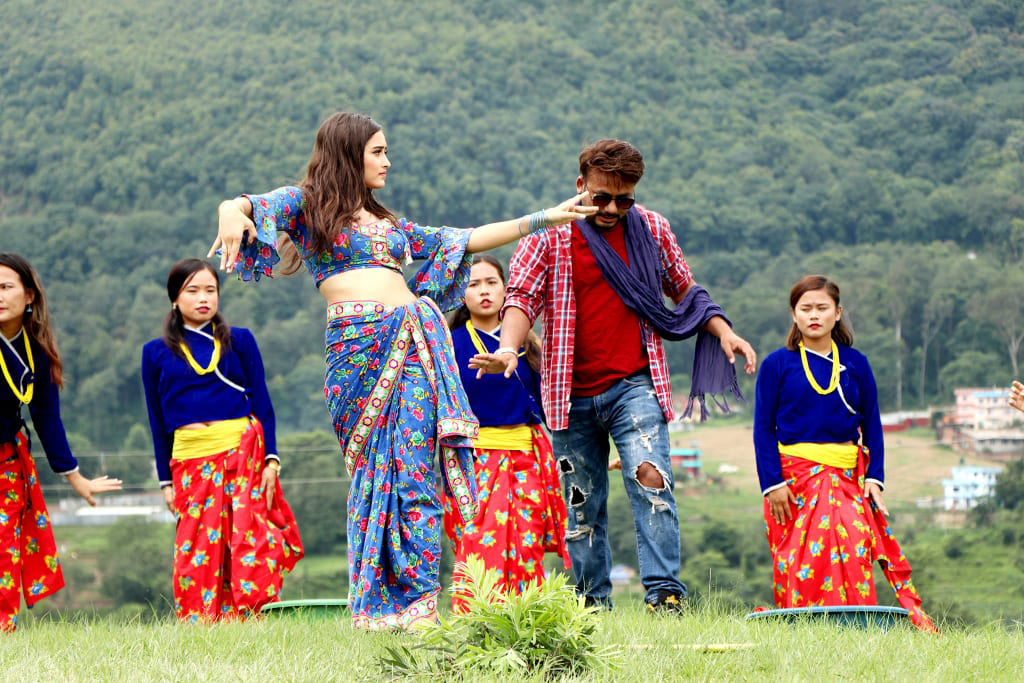
There is one singer who spent around Rs 800,000 to shoot one music video once. After that, she has invested in nine other music videos. As she mostly uses popular actors on them, she has also spent a lot on promotion hoping to get some sort of return from them.
“I’ve spent nearly Rs 10 million on these videos. But, when it comes to the return, I’ve made less than Rs 200,000,” she says, asking to remain anonymous.
Despite this, she is still working on creating a new video as she feels she needs to invest if she wants to make a name for herself in Nepal’s music scene.
Similarly, there is a man who loved acting but, due to various reasons, never got the chance. In a bid to fulfil his childhood dream, he went to a music video director and asked to be cast. In reply, he was told that he needed to invest around Rs 500,000 to be in the video.
“I felt it was a no-brainer because if they video did well, I would get other offers too. That is why I paid. But, soon, I realised that I was cheated,” he says.
He has not acted in any other video apart from that. When he approaches directors, most tell him what his first director told him: invest if you want to be part of the video.
“It’s not worth it,” he says.
According to the Music Video Director Society, 10 music videos get released every day. The yearly number reaches over 3,500. To make one video, it takes at least Rs 300,000 and if you want a popular face, it goes in excess of Rs 500,000.
Society estimates that around Rs 1 billion is spent on the production of these music videos every year. But, out of over 3,000 videos, only 10 per cent get some sort of return on their investment. The reason: many music videos are dependent on earnings through YouTube. And, not all get the views they need to get their money back. Some directors say investing in music videos is like putting water into sand.
Shiva BK, a popular folk music video director, says rarely does a music video get back its return. “For a video to make money, we need it to go viral. If not, the video will not make music,” says BK.
The quality concern
While the number of music videos being made is quite high, their quality, on the other hand, is poor. In today’s age, a music video can make or break a singer. There have been various examples of a singer’s song going viral due to the video while there have also been examples of people not liking a song due to its video.
Lyricist Krishna Hari Baral says there are people who do not understand the meaning of the song and make a video, disregarding the things said in the song, and it kills the song for many people.
“There needs to be some sort of understanding,” says Baral.
Ramesh BG, the president of the National Folk and Duet Song Academy Nepal, says unless the quality of music videos increases, the songs will not be a hit. He says as too many people are involved in making a video, things can go a bit out of hand, resulting in poor videos.
Creating employment opportunities
Yes, there are a lot of negatives related to music videos, but there are a few positives too. The first is it has been creating employment opportunities for a lot of people. It gives employment to make up artists, dancers, models, technicians, musicians and studio personnel. At a time when the economy has been hit hard by the Covid-19 pandemic, this has been a boon to many.
“One person’s investment is creating employment for so many people. This has helped sustain the video industry even during such tough times. We should be thankful,” says director Bidhan Karki.
He says people should not be criticising them because these people are just following their passion.
“Everyone wants to do something else. I think people should just let it be.”



